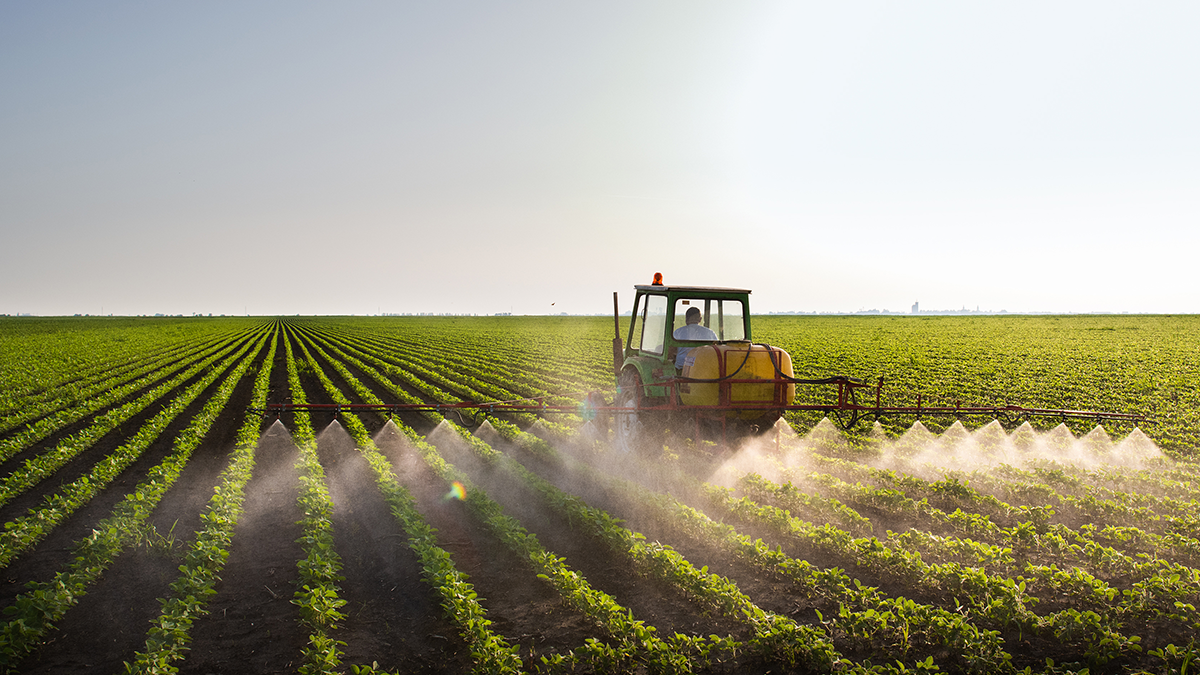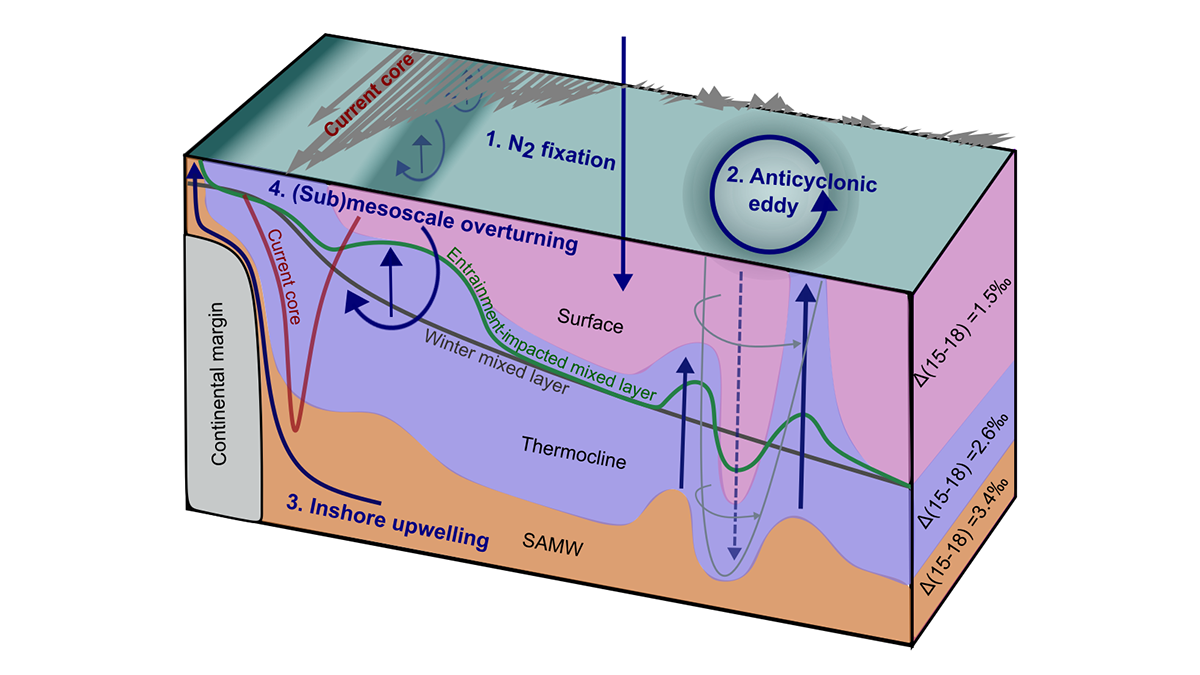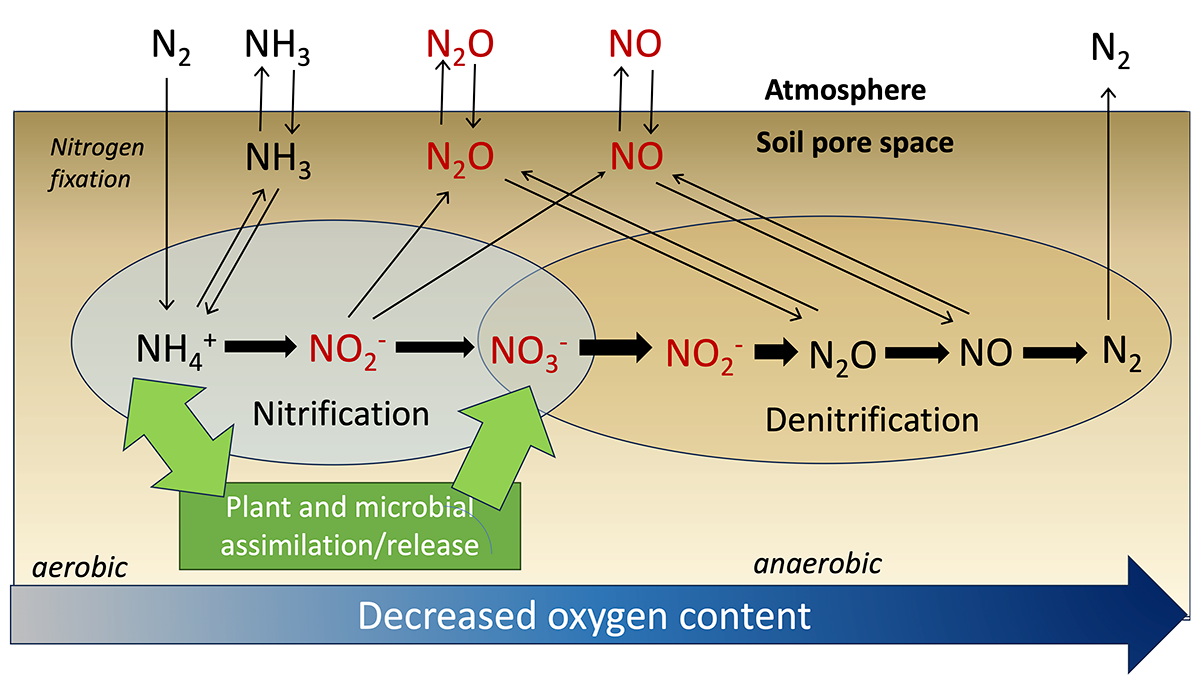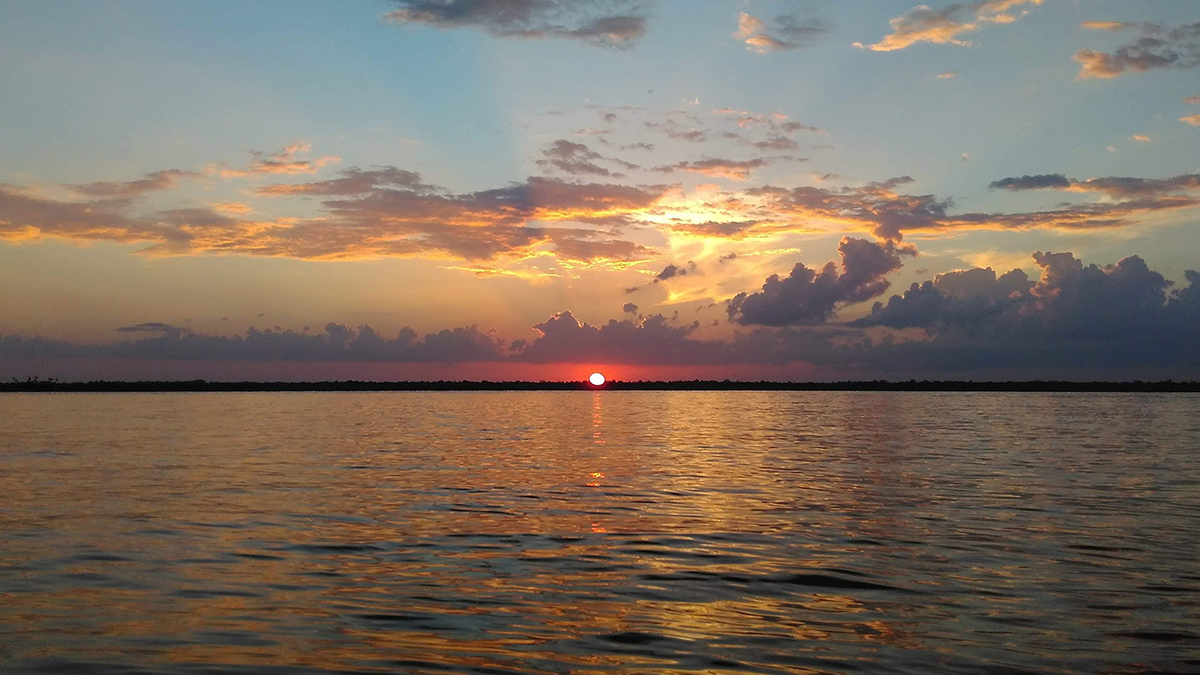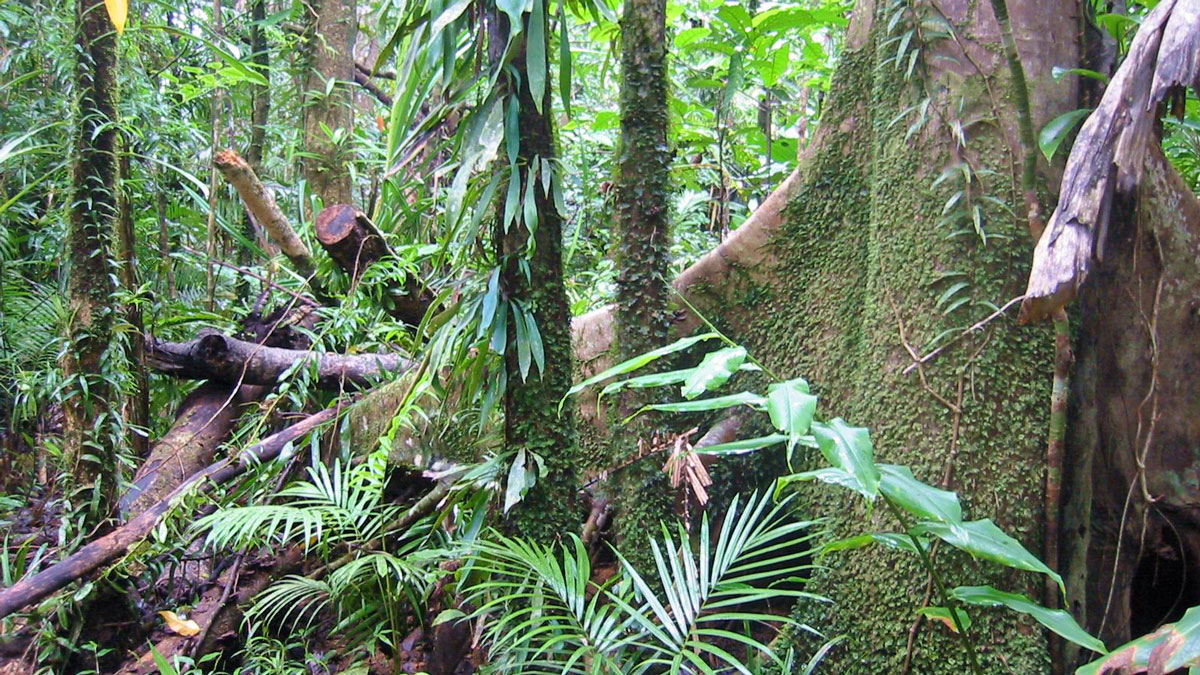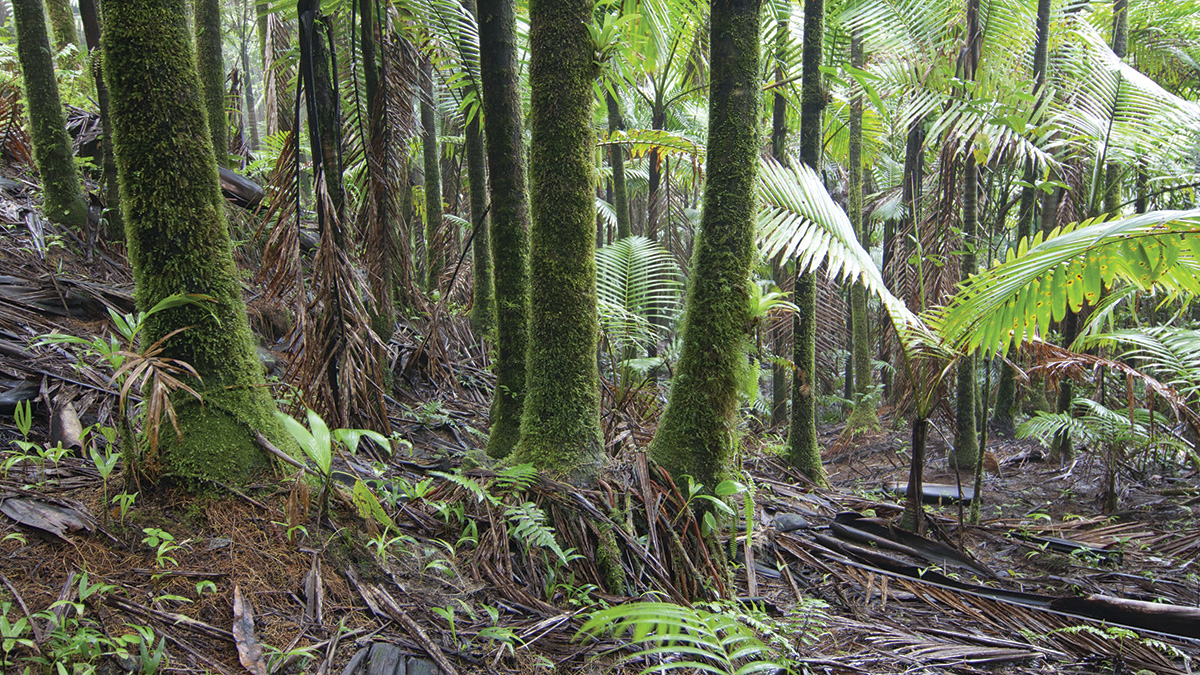To better quantify the fate of nutrients after they are released from agricultural fields, scientists examine storage and nitrate export regimes in agricultural hydrology systems.
nitrogen
Electrified Soil Powers Plant Growth
Five days of low-power electricity directed to the roots of young plants boosted their growth by more than 50%.
How Nutrients Get Back Up to the Surface Ocean
A new dual isotope tracer technique is used to assess the role of a number of poorly understood nutrient supply mechanisms fueling biological productivity in the ocean.
Reporting Model Results Even When They Cannot (Yet) be Tested
Models simulating the nitrogen cycle track its multiple chemical forms but tend to report a subset that can be compared with available field measurements.
Natural Nitrogen Emissions Are Rising in California
Wildfires and soil microbes are releasing more nitrogen oxides in California as the climate gets warmer and drier.
Biogeochemical Insights from a Major Amazonian River
Underrepresented in global carbon budgets, tropical rivers like Brazil’s Tocantins are in need of study to establish their baseline characteristics in the face of increasing global change.
Carbon Sink Models Need Nitrogen
If terrestrial biosphere models don’t include nitrogen, they will overestimate carbon sequestration.
Analyzing Sources of Pollution in the Great Lakes
Understanding how agriculture and land use affect nutrient flows and concentrations in the vast area of the Great Lakes is an essential step to developing sustainable management strategies.
The Bering Land Bridge Formed Much Later Than Previously Thought
New research reconstructs the Bering Strait’s flooding history, raising surprising questions about human migration and how ice sheets form.
How Much Greenhouse Gas Do Tropical Soils Emit?
New research found that tropical soils emit nitrogen mostly as inert dinitrogen rather than as greenhouse gases.

